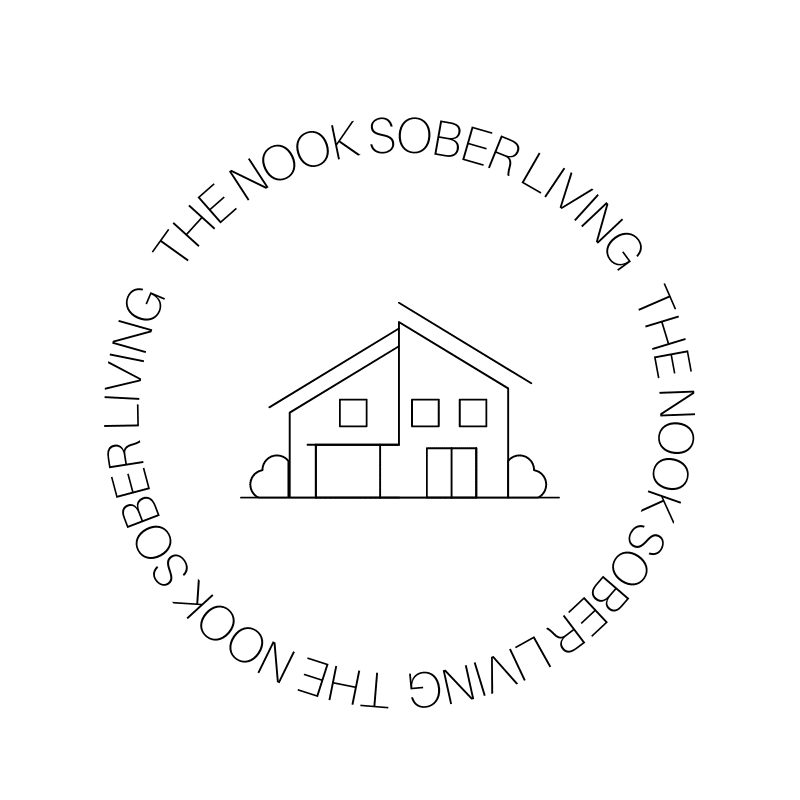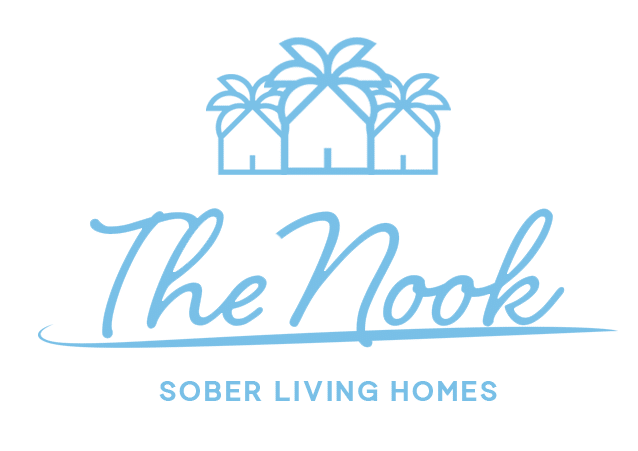Sober Living in Malibu
Malibu is a popular beachfront town located in the Santa Monica Mountains region of Los Angeles County. Located approximately 30 miles from downtown Los Angeles, Malibu is famous for its beaches and is well known as a home to many Hollywood celebrities. Recent census estimates show Malibu is home to just under 13,000 residents, many of whom live within a mile or two of the Pacific Coast Highway and minutes from one of many local beaches. From one side to the other, Malibu comprises less than 20 square miles out of the five-thousand square miles of Los Angeles County.
The Nook works with Thrive Treatment and other trusted treatment programs.
Facts About Malibu
Although home to several notable individuals, many Malibu residents are middle class. The 2019 average household income for the areas is around $150,000, with 7% of the area residents living below the poverty line. This number is a stark decline from the nearly 18% living in poverty based on 2018 data. The average home in Malibu costs about $2M, and less than 75% of residents are homeowners.
Like many cities that are part of a larger county population, the data about drug use and addiction in Malibu are incorporated into Los Angeles County Statistics. According to a March 2019 report released by the County of Los Angeles Public Health, Substance Abuse Prevention and Control, alcohol, and drug use pose significant challenges countywide. The report indicates nearly 6% of youth between the ages of 12 and 17 met the diagnostic criteria for a substance use disorder. An additional 18% of young adults (ages 18-25) and 7% of adults over the age of 26 also had a substance use disorder. Although these percentages may seem small, it is essential to consider the population of Los Angeles County.

MALIBU SOBER LIVING
More About Sober Living
There are several reasons why someone may choose to stay in a sober living home in Malibu after completing addiction treatment. When choosing a sober living home, there are certain features or characteristics you will want to look for to ensure you continue to receive essential support services required to maintain lasting sobriety and recovery.
Addiction in Malibu
In 2019, just over 10 million people lived in Los Angeles County. Of those, about 8.5 million are over the age of twelve, based on the most recent U.S census estimates. Considering the averages above and the approximate total population for the area, nearly 725,000 residents of Los Angeles County, met the diagnostic criteria for a substance use disorder.
Malibu is located along the Pacific Coast Highway (SR 1), which runs along most of California. At 656 miles long, the Pacific Coast Highway runs through major areas, including Los Angeles and San Francisco Bay, as it heads north. This proximity to such a highly traveled roadway opens Malibu up to many of the common struggles experienced within the confines of a metropolitan city, including poverty, drug trafficking, drug addiction, and the ongoing rise of the opioid epidemic that is present in every state. Drugs including Fentanyl and heroin are familiar sources of drug overdoses. Additionally, rates of prescription drug misuse and overdose continue to rise. Between 2006 and 2017, the number of deaths attributed to prescription opioids rose by almost 300%.

"Our sober living homes in LA offer Malibu residents a boutique, structured environment where you will be supported throughout the recovery process."
The Nook Sober Living

What to Look for in a Malibu Sober Living Home
Sometimes called halfway houses, sober living homes, or an excellent way to transition from intensive care in the inpatient or even outpatient addiction treatment environment to the home environment where therapeutic supports are often limited. Many addiction treatment programs, regardless of the level of care (such as inpatient or outpatient), suggests participants spend time in a sober living environment after completing their addiction treatment program and before returning home. Sober living homes are often vital components of the recovery process as they provide those new to sobriety an opportunity to practice and reinforce relapse prevention skills learned during therapy.
A first, important consideration is safety. Be sure to choose a sober living home where you feel safe. Safety may look different depending on the person. At a minimum, the door should have locks, and confidential information regarding residents staying at the sober living home should be kept in a secure location. Also, if the sober living home is mixed gender, it is important to ensure that necessities such as bathing areas and sleeping areas are separate. In addition, rules should be in place regarding how issues such as violent or inappropriate behavior are handled in the sober living home.
Look for a program that requires drug and alcohol testing. When you choose to stay at a sober living home, it is often after many weeks or months of work to get sober and learn how to stay sober. Immersing yourself in an environment where sobriety is not of the utmost importance could quickly lead to relapse.
Additionally, be sure the program you choose is one like The Nook Sober Living with trained and certified personnel on staff. It is vital to mention that, unlike many states, California provides minimal regulatory requirements for sober living homes. It is not necessary to have any form of medical, mental health, or addiction treatment background to obtain a license to open a sober living home. Be sure to look for a sober living home in Malibu where the staff is trained to provide ongoing addiction support and to recognize the signs of relapse so you can get immediate help if needed.

What Our Clients Have to Say.
"The Nook is unlike any other sober living I've been to! The community, location and access to recovery has been a living changing experience."





WHY YOU NEED SOBER LIVING
Sober Living After Rehab
Benefits of Sober Living in Malibu
Sober living homes provide the opportunity to build lasting peer relationships with other members of the sober community. This is a vital factor in avoiding some of the recovery challenges many addicts new to recovery experience after leaving treatment. Many who are newly sober find it necessary to maintain distance from friends and family who may not share their outlook on substance use. Although restricting contact with these individuals can help reduce potential relapse opportunities, it also leads to loneliness and isolation, which are critical factors in relapse and worsening mental health symptoms. The peer support network gained from time in a sober living home can help avoid these challenges.









